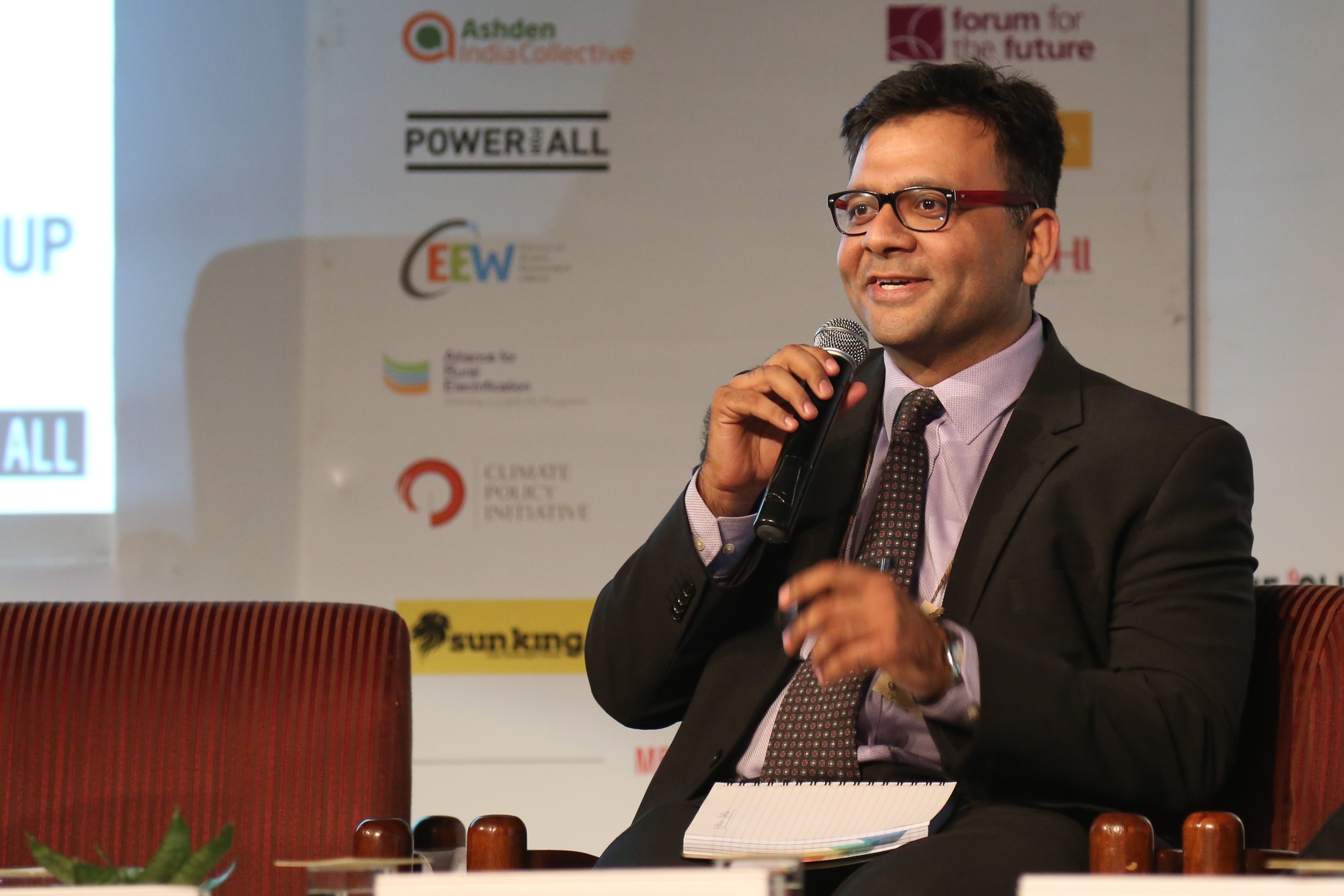Last time this year, over thirty renewable energy and energy storage companies in the Indian market were busy applying for the MNRE (Ministry of New and Renewable Energy) Expression of Interest for RE integration with energy storage. However, the excitement soon died down with the delay of the announcement of the results, which are still expected. The lull continued with SECI’s (Solar Energy Corporation of India) tenders getting delayed and the only other notable announcement being made by the GIFT City for a consulting tender for designing of a battery energy storage tender for India’s first financial SEZ project in Gandhinagar, the capital city of Gujarat.
However, the second half of the year is finally allowing energy storage manufactures, project developers and IPPs in the Indian market to witness the end of this perpetual wait. With over 37 MW of energy storage projects announced/tendered by SECI and NLC (Formerly Neyveli Lignite Corporation), the market is gearing up. These projects will come up in different parts of the country, namely Himachal Pradesh, Andhra Pradesh, Karnataka and Andaman islands. Among the contracted, there are 3 MW pilot projects for frequency regulation applications by PGCIL (Power Grid Corporation of India) in Puducherry. The PGCIL projects are likely to enter the installation and commissioning phase in a later part of the year.
Apart from these activities, prominent players in the market like AES and Panasonic have declared their own 10 MW Li ion-based collaborative ESS project at the Panasonic white goods factory in Jhajjar, Haryana.
These projects together will be worth close to $20 million for the energy storage industry and will put India on the megawatt scale storage projects map with 50 MW and 33.5 MWh in contractual, tendering and announcement phases. The announcements lined up for October maybe even bigger; especially the NTPC solar PV and energy storage project in Andaman and Nicobar is likely to ask the bidders to submit their bids for 7 MW:42MWh of energy storage. This is a huge opportunity for the global energy storage community and some good news for the Indian electricity market, which is still awaiting the installation of its first-megawatt scale battery energy storage project. In this respect, the Indian grid-scale storage market is lagging behind countries like the US, China, South Korea, and Japan.
But whether this year can make a change is literally a million-dollar question.
These crusades in the market have created a buzz among Indian conglomerates and they are now more likely to invest in Li-ion cell manufacturing with over 15 GW of large-scale opportunities likely to line up in the next seven years. Apart from these, many international battery companies - especially flow battery companies - are lining up in the market with more and more island projects likely to be announced. They are also keeping a close eye on spurting rural microgrids and solar roof-top market.
The last thing the market would like to witness is under-prepared tendering and further delays in the closing of the tenders. Many project developers have also asked India Energy Storage Alliance for clarity in testing validation and certificate requirement for both the components used and about the total integrated solar plus storage system. Third-party testing agencies like UL and CSA have taken a long shot at the market and are likely to help other stakeholders. It is evident that the energy storage business value chain and support system is yet to establish itself. However, with these projects lined up, it is high time that the industry strengthens its services and offerings in the Indian market.
On an optimistic note, with the falling prices of Li-ion chemistry as many players quote close to $370 per kWh, growth prospects are looking unquestionably brighter. Can energy storage tell a better growth story than LED or solar PV? We certainly hope so, and sustain it all the way!












